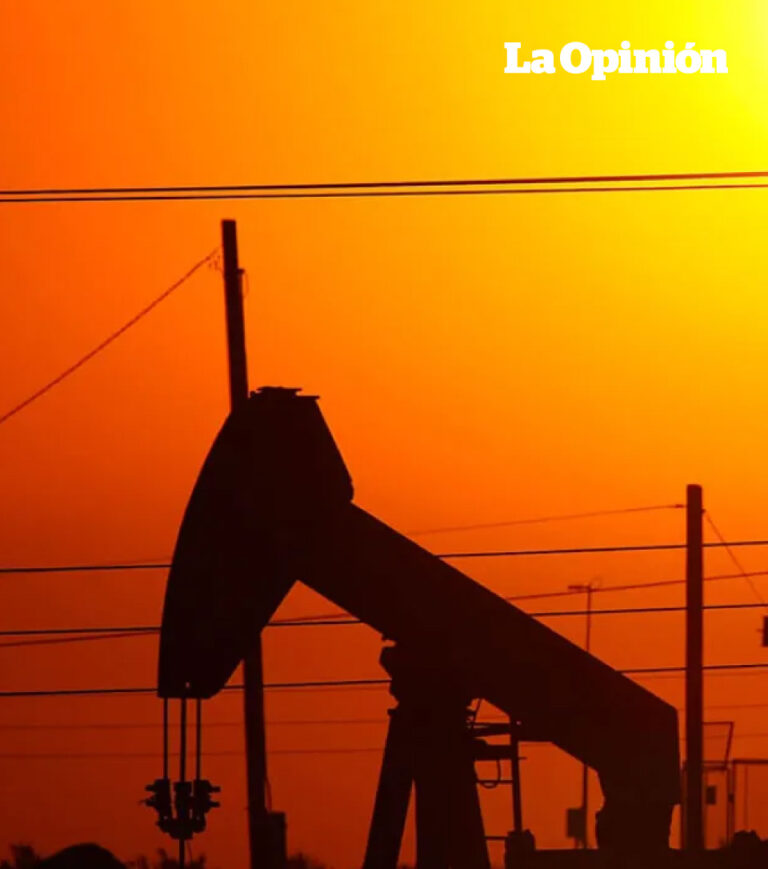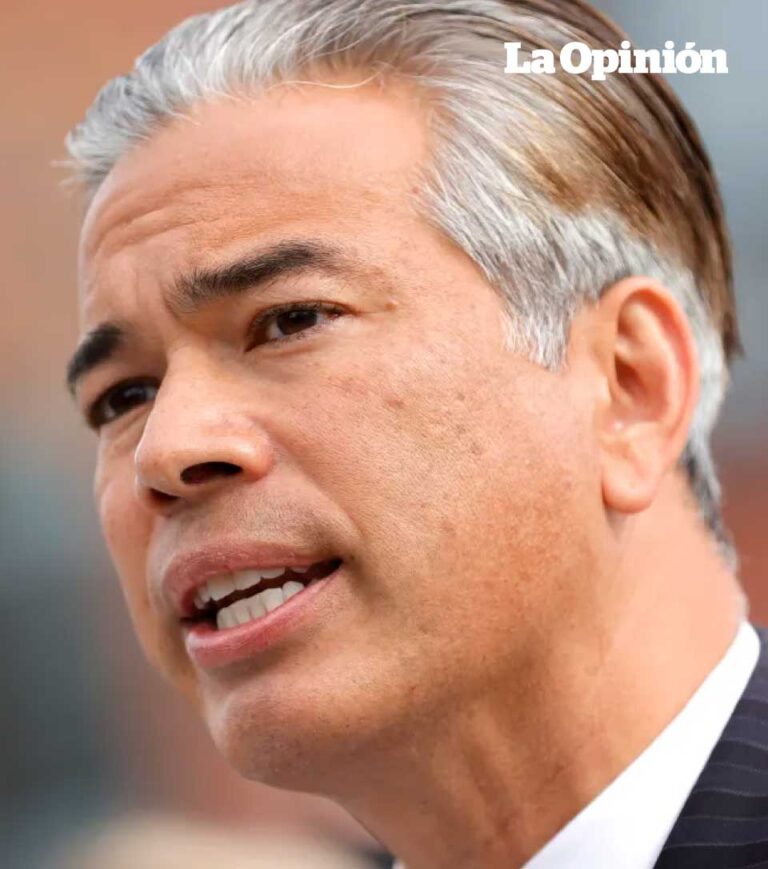McKittrick, CA – A Chevron oil well spilled over 800,000 gallons of crude oil during June and July 2019, causing devastating damage to the ecosystem. This incident prompted state regulators to issue a violation notice and halt oil extraction from the oil field near the McKittrick community, located 14 miles northwest of Taft in Kern County.
The spill began in May, when crews reported a mixture of oil and water leaking from one of the wells, saturating the surrounding fields. Chevron and other companies operate hundreds of wells in the area using a technique that injects steam over 1,000 feet deep to heat crude oil, facilitating its extraction.
By June, the spill had escalated significantly, with oil leaking from three different points. A Chevron report to the Governor’s Office of Emergency Services indicated that, as of June 11, a total of 795,000 gallons of crude had been spilled—enough to submerge a football field under two and a half feet of oil.
After 70 spills over five years, a lawsuit settlement has finally been reached, resulting in two payments to fund the closure of orphan wells and the expansion of wildlife habitats.
In a March 20, 2024, statement from the California Department of Natural Resources, it was announced that two state agencies had reached a settlement with Chevron over the spills in Kern County.
“This agreement is a significant demonstration of California’s commitment to transitioning away from fossil fuels while holding oil companies accountable for not complying with state environmental regulations and protections,” said David Shabazian, Director of the Department of Conservation. “Every penny collected here will go toward sealing old and orphan wells to protect the environment and the people of California.”
The agreement with the California Department of Conservation totals $5.6 million, covering Chevron’s 2019 spills in Kern County. The company, which has already paid for cleanup costs, settled fines with the Department of Conservation, which oversees gas and oil operations.
“California remains committed to protecting the state’s diverse and irreplaceable natural resources for current and future generations,” said Charlton Bonham, Director of the Department of Fish and Wildlife. “This agreement stands as testimony to our firm stance that companies will be held strictly accountable for oil spills that enter our waterways and pollute our environment.”
In 2019, Chevron’s steam injections in Kern County oil fields to heat and raise oil to the surface created hazardous conditions for the environment and public health. That same year, Governor Newsom signed AB 1057 into law, granting the CalGEM Division of the Department of Conservation the authority to protect public health, safety, and the environment by enhancing its powers to hold oil companies accountable.
According to the California Department of Fish and Wildlife, the $7.5 million fine is the highest ever imposed by the department. This money will fund environmental improvement projects, wildlife rescue teams, and oil spill response equipment. During the department’s investigation, the Office of Spill Prevention and Response (OSPR) found that the spills released over 1.48 million gallons of water and more than 446,000 gallons of oil, killing at least 63 animals and impacting no less than six acres of saltbush and grassland habitat, including 22,000 linear feet of stream bed.
This settlement will allocate $6.8 million to the department’s Environmental Improvement Fund, which provides grants for habitat preservation projects or ecosystem quality enhancement. Half a million dollars will go to the Oiled Wildlife Care Network at the University of California, Davis School of Veterinary Medicine, established to rescue wildlife affected by oil spills. The funds will maintain wildlife care facilities in Kern County and support wildlife response in the region. Additionally, $200,000 will be placed in the Department of Fish and Wildlife’s Pollution Account to finance future spill responses.
Together, both departments will work to ensure that oil companies improve their infrastructure and monitor the risks of subsurface steam injections to prevent future oil spills.




